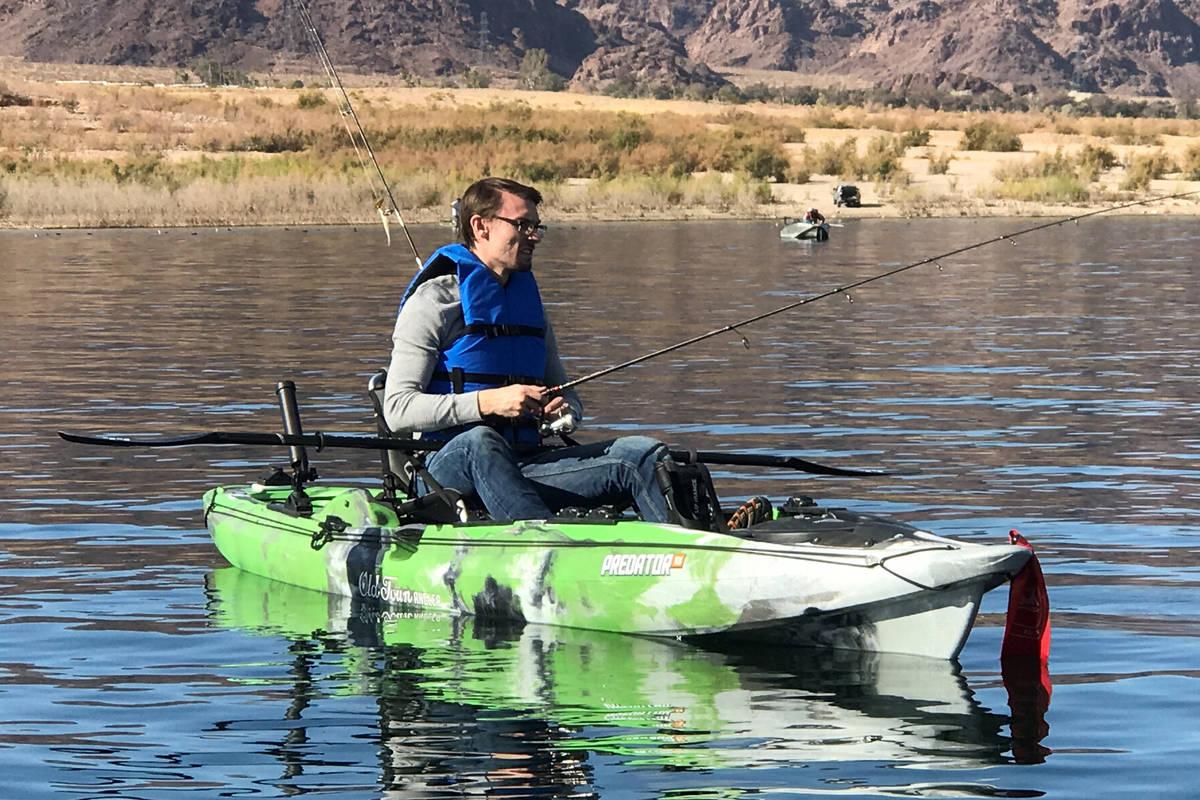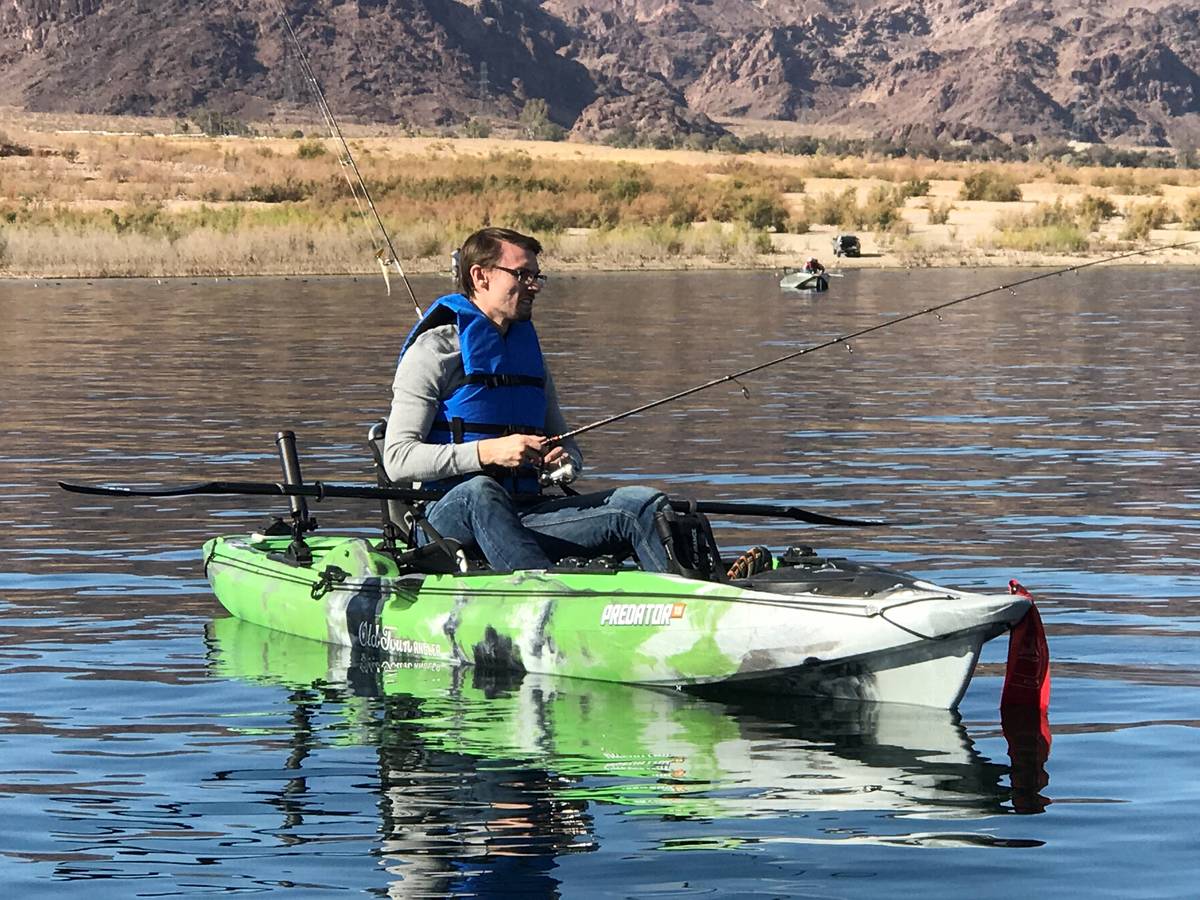To cure COVID-19 cabin fever, people flock to outdoors
For most of us, life in the COVID-19 era has been something we would rather forget than memorialize. However, if there has been a bright spot amid the pandemic, it is the noticeable return of America to its traditional outdoor roots.
To overcome their COVID-induced cabin fever, Americans have turned to campgrounds, hiking trails and fishable waters in numbers so large that parks and recreational areas have taken steps to limit the number of campers with social distancing guidelines. Parking lots near hiking trails have resembled those at the grand opening of a Chick-fil-A, and outdoor retailers have had trouble keeping up with the demand for fishing supplies.
The high demand for fishing supplies could be frustrating at times, especially if you were looking for something specific and could not find it. But it has been good to see America coming back to the fishing tradition.
When I was a kid, before creation of the internet and video games, fishing was something everybody did. Or at least it seemed to be that way. The question was never about if one of us neighborhood kids was going fishing but when.
Recently, I visited with a man who had grown up fishing but had not picked up a fishing rod since finishing high school. Somehow life and his career had gotten in the way. Then COVID-19 hit and the recreational activities his kids normally participated in were no longer available. As he pondered their options, the man sorted through his childhood memories of days on the water with a fishing rod in hand. You can probably guess where that led him.
While there is a noticeable connection between the pandemic and increased participation in fishing, perhaps some of that growth is the continuation of a trend documented in the 2020 Special Report on Fishing produced by the Recreational Boating and Fishing Foundation and The Outdoor Foundation.
According to the report, “Fishing participation continued growing from 2018 to 2019, reaching the highest participation rate since 2007. The overall participation rate reached 17 percent of the U.S. population ages 6 and up, or 50.1 million people, who fished at least once during the 2019 calendar year.”
Approximately 3.1 million new anglers accounted for a portion of that growth, the highest number in five years.
While male anglers account for the largest number of anglers, the gender gap continues to close. In 2019, the number of female anglers grew to 17.9 million. That is an all-time high. Participation by adolescent females ages 13 to 17 grew by 6 percent, the largest growth by any female category.
The number of Hispanic anglers also reached a record high with 4.4 million participants. They also tend to participate more frequently than the general population, averaging 20.3 annual outings compared to 17.5.
One of the things this annual report continues to point out is the importance of introducing people to fishing while in their youth if they are to have an appreciation for the activity in adulthood. “An overwhelming 91 percent of current fishing participants started fishing during childhood. After the age of 12, it was much less likely for a person to try fishing in their lifetime. Only 9 percent of new participants were introduced to fishing when they were ages 13 and up.”
This reality is reflected in my visit with the man who was looking for a recreation alternative for his kids when COVID-19 limited their other options. It was his own childhood memories that opened the door of a new old-fashioned fishing experience for his children.
Perhaps one of the things that hold some people back from picking up a fishing rod is a lack of knowledge. Though fishing for most species is a relatively simple endeavor, the amount of tackle available today can be a bit overwhelming to someone who is new. What they really can use is a mentor, someone to show them the basics.
What if you are new to fishing and do not have a mentor? Don’t let that stop you. A good place to start is with a visit to the website takemefishing.org. There you will find a library of information about basic equipment needs, knot tying, casting techniques and places to go. Members of a local fishing or outdoor club also can be a valuable resource, and there is always Google.
Freelance writer Doug Nielsen is a conservation educator for the Nevada Department of Wildlife. His “In the Outdoors” column is not affiliated with or endorsed by the NDOW. Any opinions he states in his column are his own. Find him on Facebook at @dougwritesoutdoors. He can be reached at intheoutdoorslv@gmail.com



















